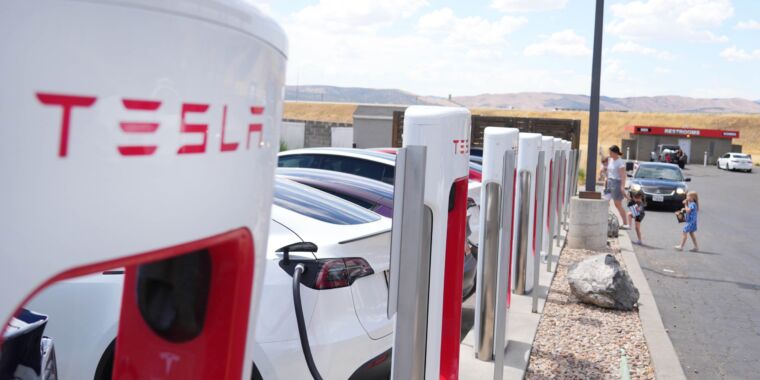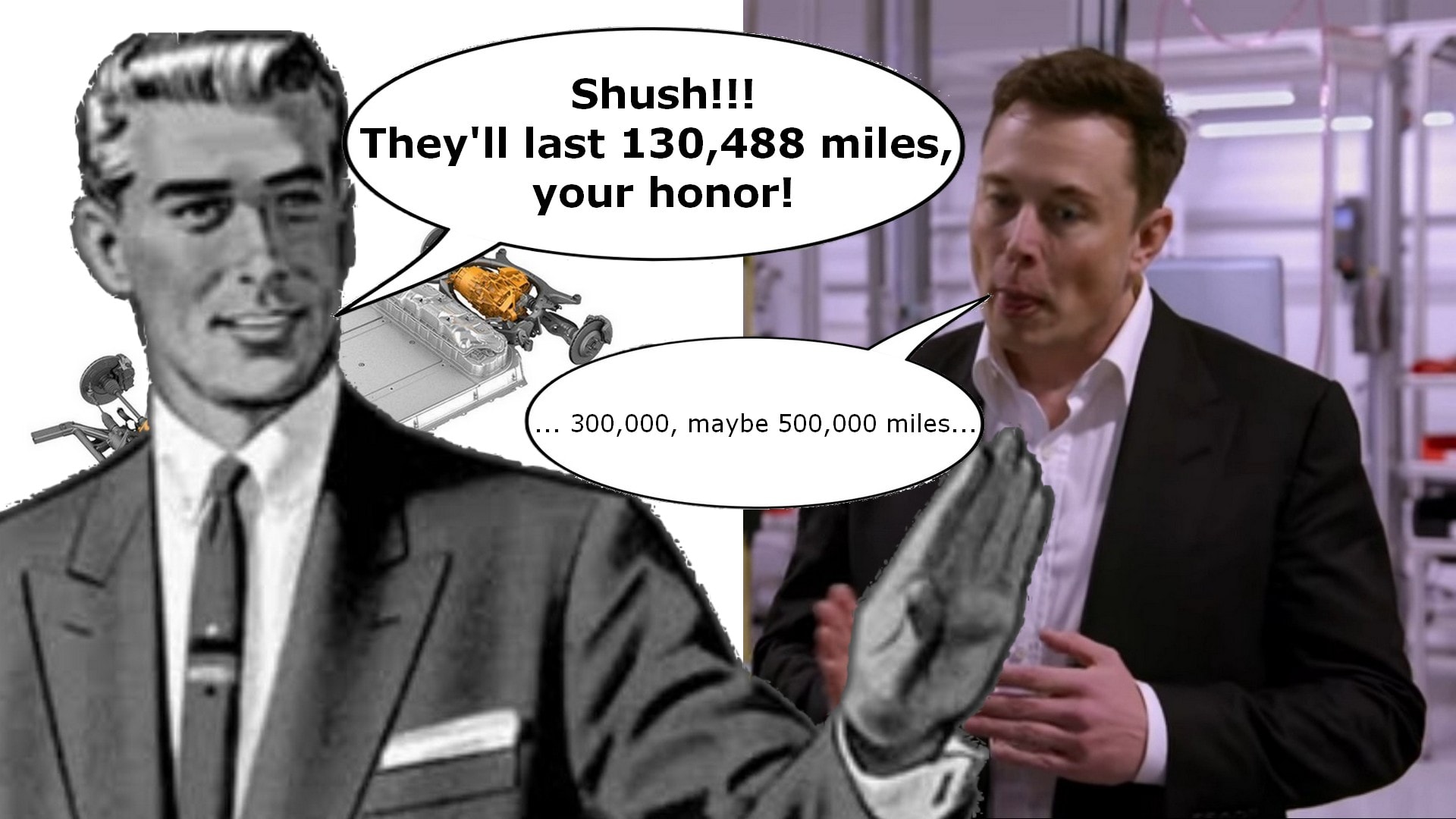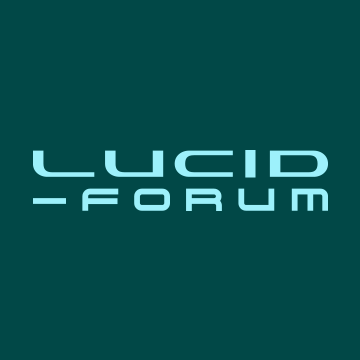With my Model S, I almost never got rated range. With a Model 3, I got rated range. It's too early to tell for me with a Lucid since mine hasn't been delivered, and although I'd like to know how well it will do on long trips, it's not likely to have a real world effect. The longest trip I've taken since I've had any EV has been from the Bay Area to Los Angeles, and it's one that Lucid has tested regularly, and they told me that it will do it on a single charge. More realistically, I'll stop for lunch and later for a restroom break regardless. I've learned that it makes trips a lot more relaxing, and driving nonstop and eating later is no quicker than eating in the middle.
With a Tesla, it meant trips taking about as long with either car. The difference has been on the return trip, since it won't start off with a full charge unless I stay somewhere with charging. With a Lucid, assuming that real world charging is as fast as what I've been seeing on websites, I should be able to get by with doing the same, and will have the option of stopping for lunch somewhere where there's no charging and still have no issues, especially since I'd be a lot less picky about which restroom to use if I want to take a 15 minute break, and can pick one with charging.
As far as cost, I have solar at home and that part won't matter. For the first three years, it won't matter on road trips either. After that, I doubt that it will add up to much.
As far as accuracy, I read about a recent test in the past few days, and it found that Tesla was way below rated range, but the test was done entirely at 70 mph. It didn't reflect mixed usage, so there's no way anybody can claim that Tesla's EPA rated range is supposed to match that. I never achieved rated range with ICEVs either. In theory, the more efficient an EV is in local driving, the worse it will do when comparing rated range to achieved range on that sort of test.
As long as companies are sticking to the rules, and I have a rough basis for comparison, I'm not bothered. If I can reasonably believe that a Lucid will get my farther than a Tesla, and it's reasonably close to the proportional rated increase, I'm fine. And since rated range wasn't supposed to be a range estimate for a road trip, I care more about what the car can show me on a trip computer for a planned route. And as long as I can make any trip I want without stopping any longer than I'd be stopped anyway, it's not going to be an issue. The Lucid is the least likely car to give me a problem with that, even if the numbers are inflated a bit, as long as it's being compared to equally inflated numbers.
That being said, I have seen some videos and read about people getting close enough to rated range when testing a Lucid for range.



